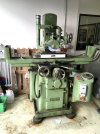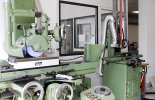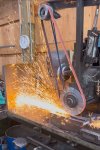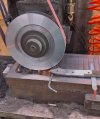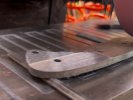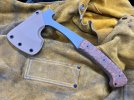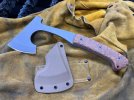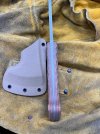- Joined
- Aug 20, 2019
- Messages
- 90
just wondering, i see a lot of knife makers do surface grinder attachments for their belt grinders.
But I have access to some auctions where I see stone surface grinders. So I could probably pick up a brown & sharpe surface grinder for under a 100 bucks.
but honestly i have zero machinist experience outside of my normal i just figure it out
i'm confident i could get that surface grinder up and going. the question is more around, should I even be looking at this.
since every one seems to use an attachment to their belt grinder,i'm wondering what is it about using a stone surface grinder that blade makers shy away from?
But I have access to some auctions where I see stone surface grinders. So I could probably pick up a brown & sharpe surface grinder for under a 100 bucks.
but honestly i have zero machinist experience outside of my normal i just figure it out
i'm confident i could get that surface grinder up and going. the question is more around, should I even be looking at this.
since every one seems to use an attachment to their belt grinder,i'm wondering what is it about using a stone surface grinder that blade makers shy away from?

